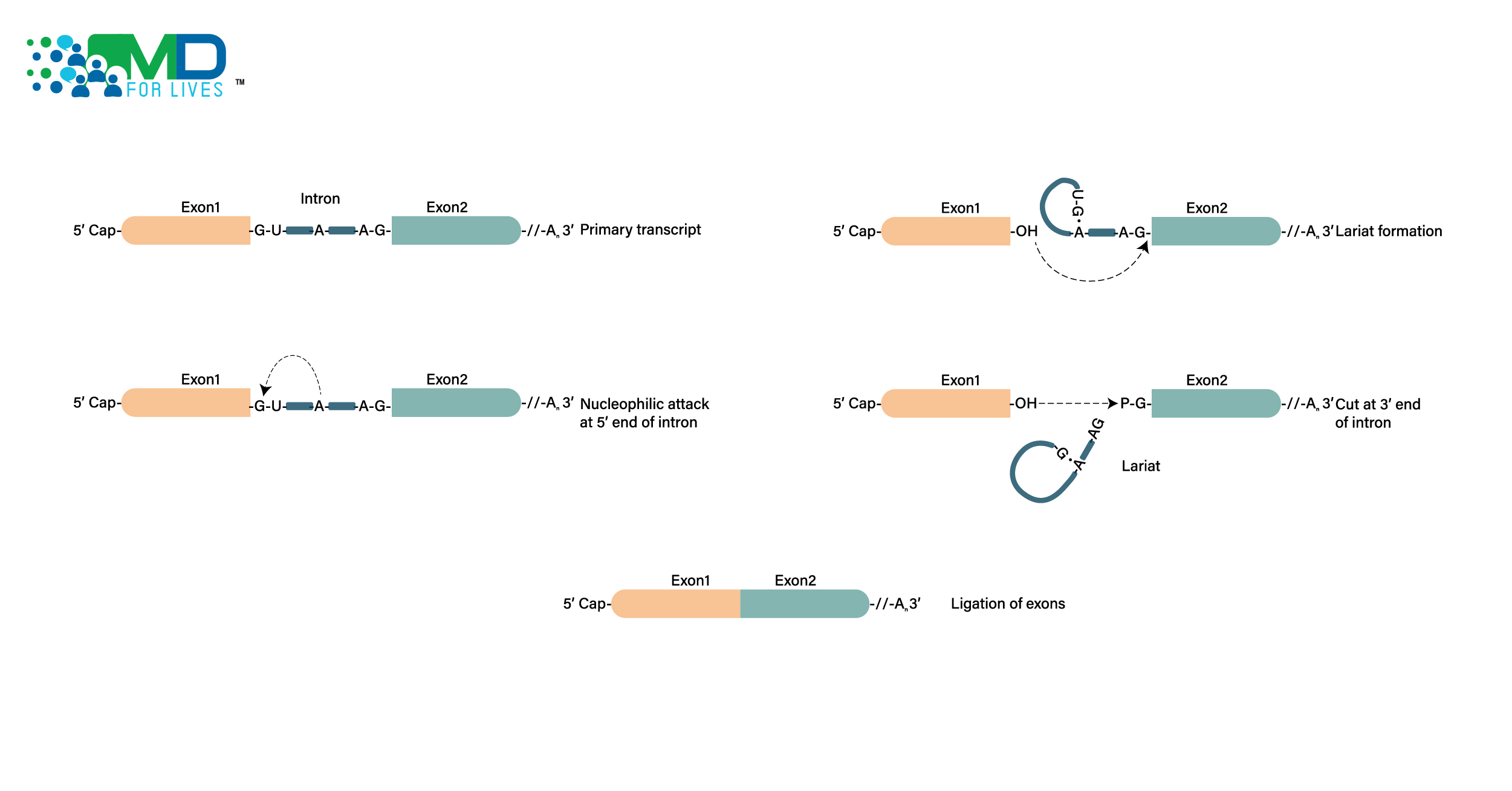Cancer is a disease in which some of the body’s cells grow uncontrollably and spread to other parts of the body. There are more than 100 different types of cancer.
Breast cancer is a type of cancer that starts in the breast. Breast cancer occurs in women and rarely in men. Breast cancer is the second most common cancer in women after skin cancer.

A variety of drugs can be prescribed to treat breast cancer, and doctors choose a treatment regimen depending on the patient and the specifics of that person’s disease.
Surgery, chemotherapy, hormonal therapy, biological therapy, and radiation therapy are often used to treat breast cancer patients.
Surgery is the cornerstone of breast cancer treatment, which consists of either breast-conserving surgery or mastectomy procedure. Mastectomy is widely used for a large number of breast cancer patients. However, the absence of a breast after a mastectomy has a significant impact on the patients’ bodies and minds.

To manage both breast cancer and the mental health of breast cancer patients, breast reconstruction post-mastectomy has become a fundamental part.
Breast reconstruction generally consists
- Autologous tissue (flap) reconstruction
- Implant reconstruction
- A combination of autologous tissue (flap) reconstruction and implant reconstruction

In modern history, the COVID-19 pandemic has had a considerable impact on the delivery of oncology services. The research conducted on “the safety of performing breast reconstruction during the COVID-19 pandemic” by Faulkner et al., 2021, found that breast reconstruction was performed safely during the peak of the COVID-19 pandemic surge. To ensure safety for both medical professionals and patients admitted for surgery, screening protocols should be maintained strictly, personal protective equipment should be used, and whenever possible the patients should be discharged on the same day.
Psychosocial outcome and quality of life (QoL) have been found to be superior with reconstruction compared to only mastectomy in patients with breast cancer. While autologous tissue reconstruction is a natural alternative with no requirement of implantation of breast earlier, side effects such as skin flap necrosis, calcifications can occur. Due to this, implant reconstruction is the preferred method and very suitable for those patients who lack autologous donor tissue, although complications after surgery like mastectomy-skin necrosis can occur.
To find outcomes of surgery, oncological outcome, cosmetic outcome, complications after surgery, quality of life, and patient satisfaction with the two methods of reconstruction, a retrospective analysis was carried out. The analysis consisted of 151 female patients who had confirmed cases of breast cancer, who had performed unilateral reconstruction after a mastectomy, and who had the ECOG performance status of 0 or 1. Any patient with bilateral reconstruction was excluded.
Among the 151 patients,
- A total of 59 patients performed autologous tissue reconstruction (Group A)
- A total of 54 patients performed immediate implant reconstruction (Group B)
- Rest of 38 who had delayed implant breast reconstruction performed tissue implant (Group C)
In terms of complications after surgery, total complication (P = .028) and marginal necrosis of incision (P = .000) were more in Group A than the other two groups. There were no significant differences in the rate of infection, dehiscence of incisions, upper limb lymphedema, bleeding, nipple necrosis, and seroma among the three groups.

In terms of oncological outcome,
- In group A, 4 patients had locoregional recurrence, 3 patients had distant metastasis.
- In group B, 2 patients had locoregional recurrence, 2 patients had distant metastasis
- In group C, 5 patients had locoregional recurrence, 2 patients had distant metastasis
There was no significant difference in disease-free survival among the three groups.

The cosmetic outcome was better in Group C. In terms of quality of life, Group B had worse breast symptoms and social and physical functions. Group C had much better sexual outcomes, cognitive function and role function. A much better global quality of life and emotional function were observed in Group A.
In conclusion, different methods are feasible in different ways in terms of breast reconstruction.
The medical crisis has grown twice as much in the COVID-19 pandemic. The COVID-19 pandemic affected health care systems globally and resulted in the interruption of usual care in many health care facilities. A retrospective study of breast cancer patients who underwent mastectomy with immediate breast reconstruction was conducted to assess the safety of performing mastectomy with immediate breast reconstruction during the COVID-19 pandemic.
The study was conducted on two groups of patients; one group who had mastectomy before the COVID-19 pandemic (Pre-C19, Group A) and another group who had mastectomy during COVID-19 pandemic restrictions (R-C19, Group B). A total of 30 patients who performed mastectomies with implant reconstruction were included, excluding those who had autologous reconstructions.
Complications post-procedure were similar in both groups, before and during COVID-19 restrictions.
- In Group B, 2 breasts had complications that required reoperation.
- Minor complications were found in 3 breasts in Group B.
- Venous thromboembolic events or mortalities were absent in Group B.
In terms of operative complication rate (p = 0.6419) or minor complication rate (p = 0.6617), there was no difference between both groups.
Complications in patients before and during COVID-19 pandemic
No breast surgeons, in addition to other staff, tested positive for COVID-19 or had symptoms post performing the operation. Same-day discharge was observed in 93.3% and 6.7% stayed in the hospital for 1 night and had no emergency room visits or readmissions for post-operative pain management or drain issues. For follow-up visits, virtual platforms were used. When drains met removal criteria, they were removed at the patient’s home by visiting nurse assistants to avoid patients coming to the clinic as much as possible.
In conclusion, despite rising COVID-19 cases, immediate prosthetic breast reconstruction was performed in a safe manner in breast cancer patients, with no observed increase in complications or adverse events compared to the months preceding the pandemic. This study provides evidence that if adequate resources are available to take care of the patients, it may not be necessary to postpone operations in future COVID-19 surges, and the operations can be done in a feasible and safe way maintaining strict COVID-19 protocols.

References:
- https://journals.lww.com/md-journal/Fulltext/2018/02020/Postoperative_outcomes_of_breast_reconstruction.27.aspx
- https://link.springer.com/article/10.1007/s12282-021-01304-2






